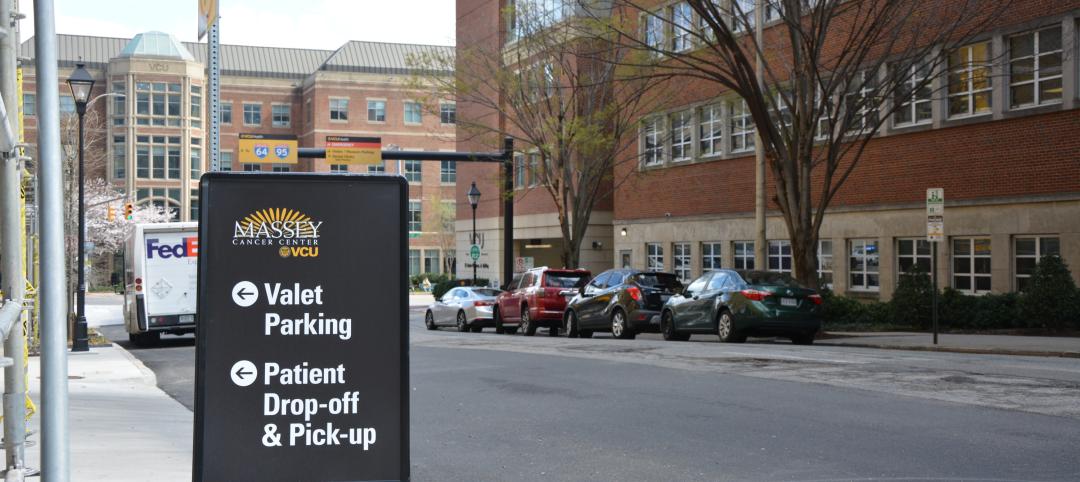Specific disaster mitigation strategies that go beyond the requirements of the 2015 International Codes model building codes could save the nation billions of dollars, according to the National Institute of Building Sciences just issued Natural Hazard Mitigation Saves: 2017 Interim Report.
Investing in hazard mitigation measures to exceed select code requirements can save the nation $4 for every $1 spent, the report says. The report comes on the heels of the nation’s worst year of natural disasters in terms of cost. There were 16 events in 2017 with losses exceeding $1 billion, with total costs of about $306 billion, surpassing the record losses in 2005 by $100 billion.
Effective strategies to exceed minimum requirements of the 2015 I-Codes include:
– For flood resistance (to address riverine flooding and hurricane surge), building new homes higher than required by the 2015 International Building Code (IBC).
– For resistance to hurricane winds, building new homes to comply with the Insurance Institute for Business & Home Safety (IBHS) FORTIFIED Home Hurricane standards.
– For resistance to earthquakes, building new buildings stronger and stiffer than required by the 2015 IBC.
– For fire resistance in the wildland-urban interface, building new buildings to comply with the 2015 International Wildland-Urban Interface Code (IWUIC).
NIBS notes that while mitigation represents an excellent investment, not everyone is willing or able to bear construction costs for more resilient buildings, even if the long-term benefits exceed the up-front costs. Programs to help finance mitigation projects should align incentives from finance, insurance, government and other stakeholders, NIBS says.
Related Stories
Contractors | Jun 7, 2024
First-in-nation law requires contractors to pay prevailing wage for subsidized housing projects in Minnesota
Minnesota recently adopted a first-in-nation law that requires contractors to pay prevailing wage for subsidized housing projects in the state. This action makes Minnesota the first state in the nation to mandate prevailing wages on projects funded by federal Low-Income Housing Tax Credits (LIHTC).
Multifamily Housing | Jun 3, 2024
Grassroots groups becoming a force in housing advocacy
A growing movement of grassroots organizing to support new housing construction is having an impact in city halls across the country. Fed up with high housing costs and the commonly hostile reception to new housing proposals, advocacy groups have sprung up in many communities to attend public meetings to speak in support of developments.
MFPRO+ News | Jun 3, 2024
New York’s office to residential conversion program draws interest from 64 owners
New York City’s Office Conversion Accelerator Program has been contacted by the owners of 64 commercial buildings interested in converting their properties to residential use.
MFPRO+ News | Jun 3, 2024
Seattle mayor wants to scale back energy code to spur more housing construction
Seattle’s mayor recently proposed that the city scale back a scheduled revamping of its building energy code to help boost housing production. The proposal would halt an update to the city’s multifamily and commercial building energy code that is scheduled to take effect later this year.
Resiliency | Jun 3, 2024
Houston’s buyout program has prevented flood damage but many more homes at risk
Recent flooding in Houston has increased focus on a 30-year-old program to buy out some of the area’s most vulnerable homes. Storms dropped 23 inches of rain on parts of southeast Texas, leading to thousands of homes being flooded in low-lying neighborhoods around Houston.
Healthcare Facilities | May 28, 2024
Healthcare design: How to improve the parking experience for patients and families
Parking is likely a patient’s—and their families—first and last touch with a healthcare facility. As such, the arrival and departure parking experience can have a profound impact on their experience with the healthcare facility, writes Beth Bryan, PE, PTOE, PTP, STP2, Principal, Project Manager, Walter P Moore.
MFPRO+ News | May 28, 2024
ENERGY STAR NextGen Certification for New Homes and Apartments launched
The U.S. Environmental Protection Agency recently launched ENERGY STAR NextGen Certified Homes and Apartments, a voluntary certification program for new residential buildings. The program will increase national energy and emissions savings by accelerating the building industry’s adoption of advanced, energy-efficient technologies, according to an EPA news release.
Women in Design+Construction | May 28, 2024
Commerce Department launches Million Women in Construction Community Pledge
The U.S. Department of Commerce launched its Million Women in Construction Community Pledge this month to boost the ranks of women in construction companies. Federal investments are creating a construction boom that is increasing job opportunities for construction and trade workers.
HVAC | May 28, 2024
Department of Energy unveils resources for deploying heat pumps in commercial buildings
To accelerate adoption of heat pump technology in commercial buildings, the U.S. Department of Energy is offering resources and guidance for stakeholders. DOE aims to help commercial building owners and operators reduce greenhouse gas emissions and operating costs by increasing the adoption of existing and emerging heat pump technologies.
MFPRO+ News | May 24, 2024
Austin, Texas, outlaws windowless bedrooms
Austin, Texas will no longer allow developers to build windowless bedrooms. For at least two decades, the city had permitted developers to build thousands of windowless bedrooms.

















